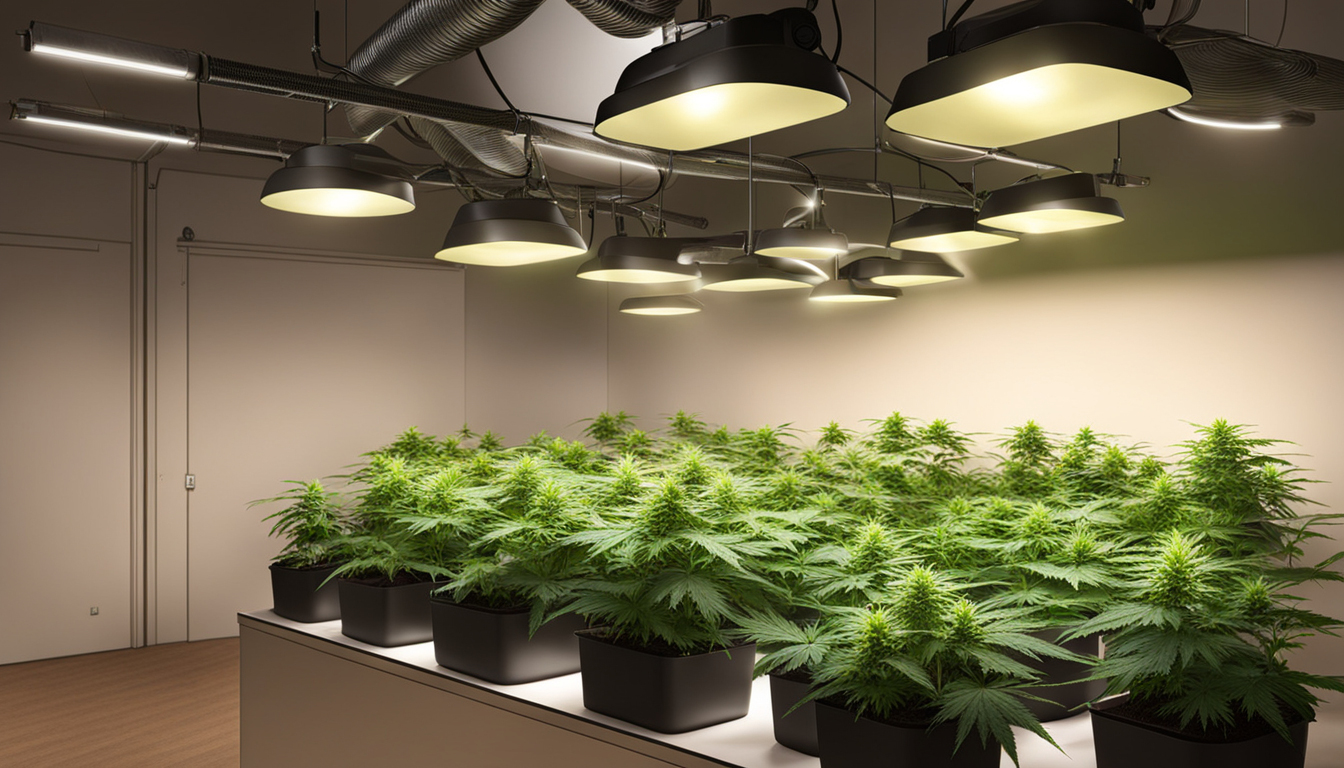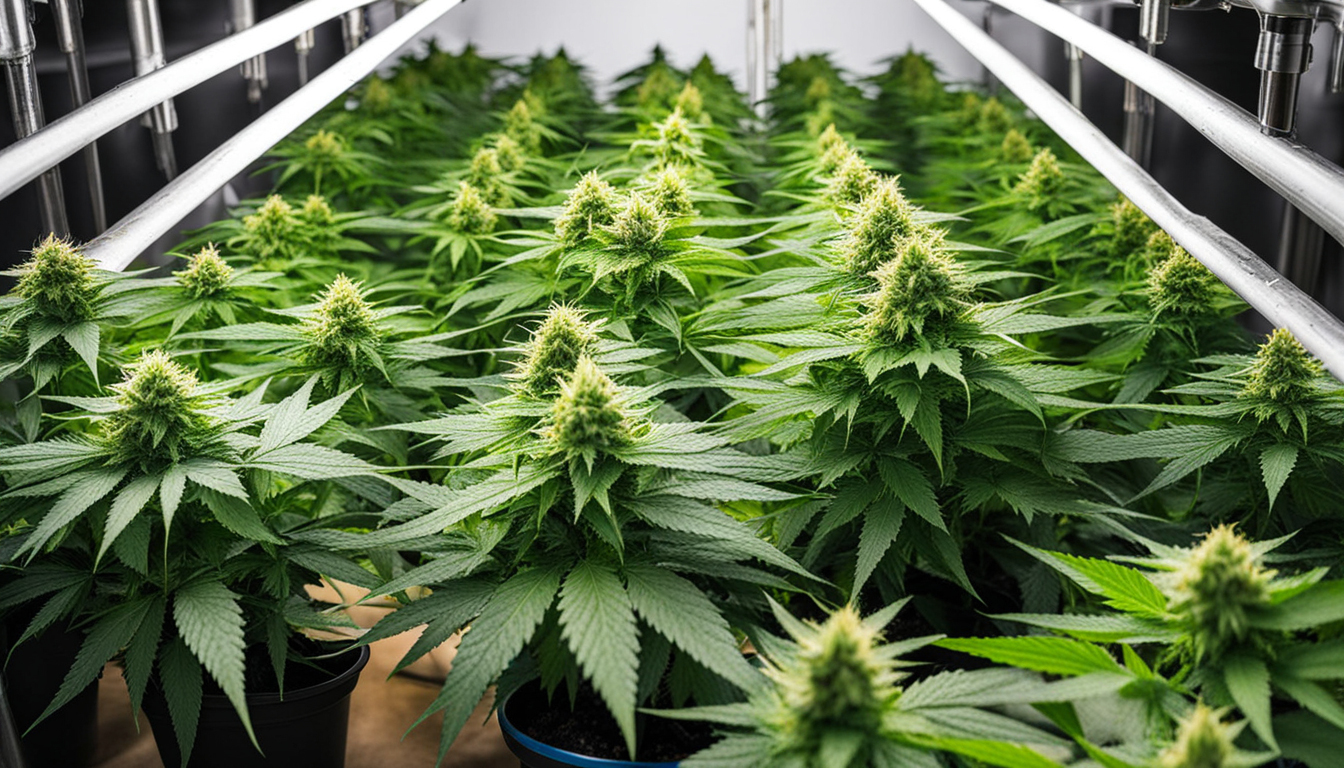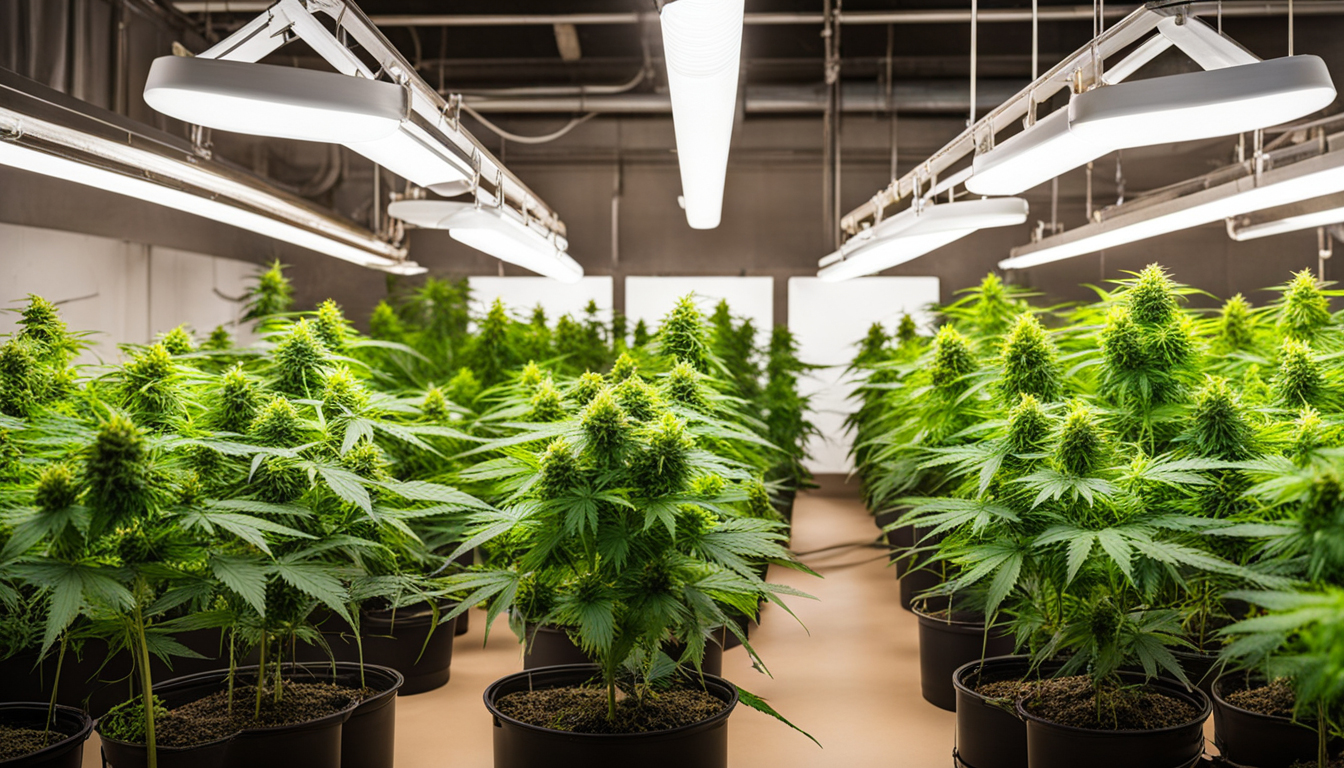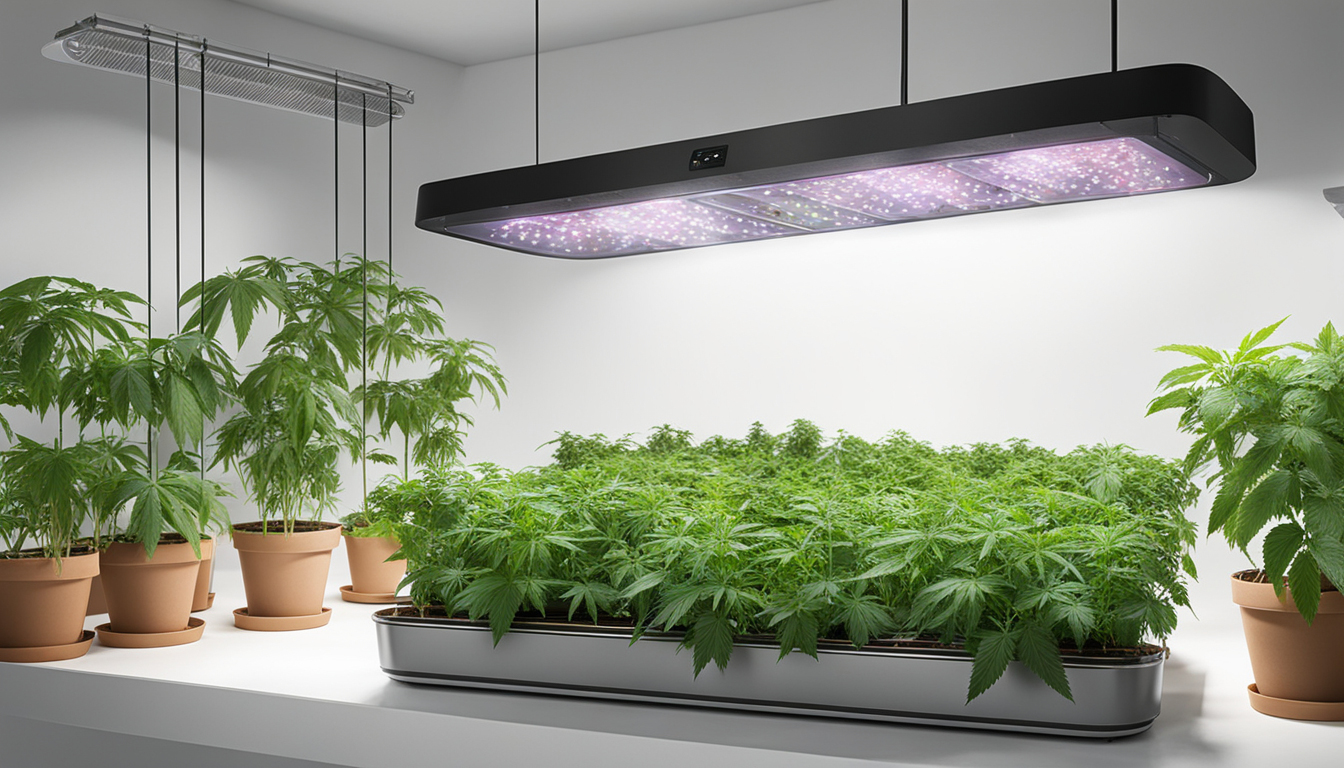
Whether you're just starting out with pot cultivation or looking to improve your existing crop, following this complete guide will help you produce big, high-quality yields right at home. With the right supplies, techniques, and care, growing marijuana indoors can be an extremely productive and cost-effective endeavor.
Choosing Marijuana Varieties
The first step in planning your indoor grow is picking the right weed varieties to grow. The three main types of marijuana plants each have their own qualities.
Energizing strains
Known for their energizing cerebral effects, sativas grow tall and slender with narrow leaves. They flourish in hotter tropical climates and have a longer blooming time between 2.5-3 months indoors. Top energizing strains include Jack Herer, Durban Poison, Super Lemon Haze, and Jack Herer.
Relaxing strains
These strains provide calming body-focused effects and spread short and bushy with wide leaves. Accustomed to colder mountain climates, they bloom faster within 2-2.25 months. Popular indica strains include Granddaddy Purple, Northern Lights, and Bubba Kush.
Hybrids
Hybrid strains blend traits from both sativas and indicas. They offer combined effects and have moderate flowering periods around 9-10 weeks. Well-known hybrids are OG Kush, Girl Scout Cookies, and Blue Dream.

Setting Up Your Grow Space
Cannabis plants need the right controlled environment to flourish. Key factors for indoor cultivations are lights, ventilation, layout, and finding the ideal discreet location.
Location
Choose an unused space with direct access to irrigation and electrical outlets. An empty extra bedroom, unused closet, corner of the basement, or grow tent locked away in a garage all make great discreet cultivation room spots.
Lighting
Cannabis requires powerful light for all vegetative stages. LED grow lights are energy-efficient and come in broad spectrum options simulating natural outdoor light. Provide 15-25 watts per square foot for the growth stage and 20-40 watts per square foot for flowering.
Airflow
Proper ventilation and exhaust systems maintain ideal temp, moisture, and fresh CO2 levels. Install low-noise 10-15 cm fans or carbon filters to circulate stale air and eliminate smells.
Layout
Optimize your space by arranging plants carefully under the lamps and leaving room to reach and work around them. Set up distinct zones for vegetation, flowering, curing, and cloning.

Cultivation Mediums
Pot can be grown in various mediums, each with benefits and cons. Pick a suitable option for your specific setup and cultivation style.
Soil
The classic medium, soil is inexpensive and easy for new growers. It provides great taste but needs more watering and fertilizing to feed plants. Amend soil with vermiculite or coir to improve aeration.
Coco Coir
Made from coir, reusable coconut fiber retains water but still lets in air to the roots. It's cleaner and more consistent than soil. Use coco-specific fertilizers to avoid accumulation.
Water systems
In hydro systems, plant roots develop right in nutrient irrigation solution. This enables rapid development but needs close monitoring of solution chemistry. DWC and irrigation systems are common methods.
Germinating Seeds
Sprouting prepares your weed seeds to start sprouting radicles. This readies them for planting into their cultivation medium.
Towel Method
Put seeds between moist paper towel and keep them damp. Check after a week for emerging taproots showing germination is complete.
Direct Planting
Insert seeds directly into pre-moistened cultivation medium 1⁄4 inch deep. Gently water and wait 1-2 weeks until sprouts break through the surface.
Rockwool Cubes
Soak cubic rockwool starters in balanced water. Place seeds 1⁄4 inch deep into the cubes. Keep cubes moist until sprouts appear within 1-14 days.
Transplanting Young plants
Once germinated, cannabis seedlings need to be repotted to prevent overcrowding. Move them into appropriately sized pots.
Ready Containers
Fill final containers with cultivation medium enriched with slow-release nutrients. Allow pots to absorb water overnight before repotting.
Gently repotting
Carefully separate seedling roots from germination medium using a spade. Put into pre-soaked container at same depth as before and gently water in.
Growth Stage
The vegetative stage promotes foliage and plant form through 18-24 hours of daily light intensity. This stage usually lasts 1-2 months.
Using 3/4 to full day of Light
Use grow lights on a 24 hour schedule or outdoor light to initiate nonstop photosynthesis. Light intensity influences height and node distance.
Nutrients
Use grow stage nutrients higher in nitrogen. Make sure pH remains around 6.5 for full fertilizer uptake. Fertilize 25-50% strength after 2 weeks and increase gradually.
Training Techniques
Topping, LST, and Subscribe Now trellising direct shoot shapes for flat foliage. This increases yields.

Flowering Stage
The flowering stage grows buds as plants reveal their sex under a 12 hour cycle timing. It lasts 8-12 weeks depending on strain.
Changing Light Schedule
Change lamps to 12/12 or move outdoors for natural 12 hour cycle. This triggers plants to begin flowering.
Stop Fertilizing
Flushing flushes out fertilizer residuals to improve taste. Feed lightly the first weeks then just use plain water the last 2 weeks.
Flushing
Maintain 12 hour photoperiod but flush using pH-balanced water only. Return to clean watering if buds aren't mature after two weeks.
Reaping
Recognizing when weed is fully ripe delivers peak cannabinoid content and aroma. Harvest plants at optimal maturity.
Identifying Ripeness
Check fading pistils, swelling calyxes, and 10-15% amber trichomes. Inspect buds across the plant as they don't all mature evenly.
Cutting Plants
Use clean, sharp trimming scissors to gently cut each plant at the base. Keep 5-10cm of stem attached.
Curing
Hang whole plants or colas upside down in a dark room with moderate temperature and RH around 45-65% for 7-14 days.
Aging
Curing continues desiccating while aging the buds like aged spirits. This technique smooths bitterness and intensifies cannabinoid contents.
Jars and Humidity
Trim cured buds from stems and store into sealed containers, filling about 75% capacity. Use a Subscribe Now hygrometer to measure container humidity.
Opening jars daily
Open containers for a few hours each day to gradually lower moisture. Remoisten buds if RH drops below 55%.
Long term storage
After 2-3 weeks when moisture stabilizes around 55-60%, perform a last manicure and store forever in sealed jars.
Troubleshooting
Even experienced cultivators run into various pot plant problems. Identify problems early and fix them properly to keep a Click Here strong garden.
Poor feeding
Yellowing leaves often signify insufficient nitrogen. Anthocyanins and leaves show low phosphorus. Check pH and boost nutrients slowly.
Bugs
Spider mites, fungus gnats, mites, and root aphids are frequent weed pests. Use organic sprays, ladybugs, and yellow traps for natural control.
Mold
Excessive humidity promotes powdery mildew and root rot. Increase airflow and venting while lowering RH under 50% during flowering.

Conclusion
With this complete indoor marijuana growing guide, you now have the info to grow plentiful strong buds for private grows. Apply these techniques and methods throughout the seed starting, growth, and bloom stages. Spend in quality equipment and carefully check on your plants. In time, you'll be compensated with frosty aromatic buds you grew yourself under the patient guidance of your green hands. Good luck cultivating!